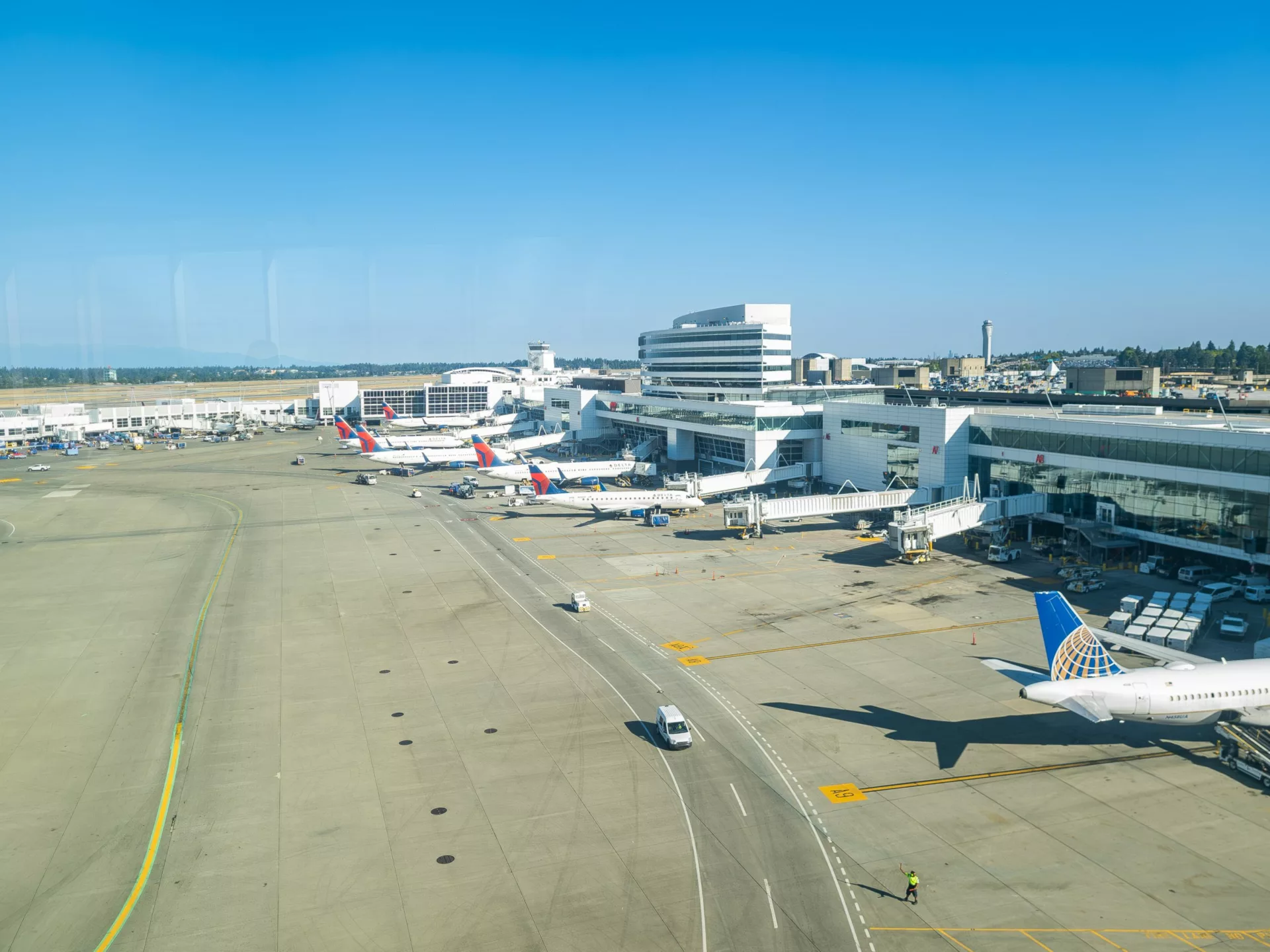The Midvalley Connector project proposed a seven-mile-long bus rapid transit (BRT) line that would run between Murray Central Station and the West Valley Central Station in the Salt Lake City, Utah, region. This system would deliver a wide range of improvements to the area’s public transit network, from dedicated lanes and priority signaling to more comfortable stations and buses. To undertake this ambitious project, Federal Transit Administration (FTA) funding requirements necessitate that agency applicants develop an accurate ridership forecast. To ensure their forecasts met FTA’s standards, the Utah Transit Authority (UTA) sought to develop a model using FTA’s Simplified Trips-on-Project Software (STOPS) to represent and forecast the region’s ridership patterns with precision.
The Challenge
UTA’s challenge was relatively straightforward: In order to apply for and secure funding for the Midvalley Connector project, the organization needed to demonstrate sufficient ridership with accurate forecasts.
UTA needed someone who could help. That’s when they turned to RSG for our extensive experience and expertise in developing STOPS and using it to support transit agency forecasts across the country.
As the developers of STOPS, RSG was uniquely positioned to help UTA with its STOPS model application project and analyze various factors such as land use, transit networks, and travel behavior patterns, helping UTA make data-driven decisions with confidence.
RSG’s Solution
RSG employed the latest version of STOPS and supplied the model with local data, calibrating and validating it to the region’s conditions. Our team used origin-destination (OD) surveys, local employment data, and information about the underlying zone structure to calibrate the model. With our deep understanding of STOPS models based on applications elsewhere, we were able to help UTA develop comprehensive ridership forecasts for the current year, a 10-year horizon, as well as a 20-year period.
In addition, we were also able to make recommendations to the UTA’s service plan that would make it more attractive, increasing the likelihood that the BRT option would appeal to riders. For instance, we found that small changes to the BRT schedule improved its timed connection with the commuter rail, making the trip between them faster and easier for its users. Following this STOPS calibration, RSG continues to work with UTA on a series of projects, using this model as a base with small tweaks to ensure each project is represented in a realistic way.
Download a PDF




